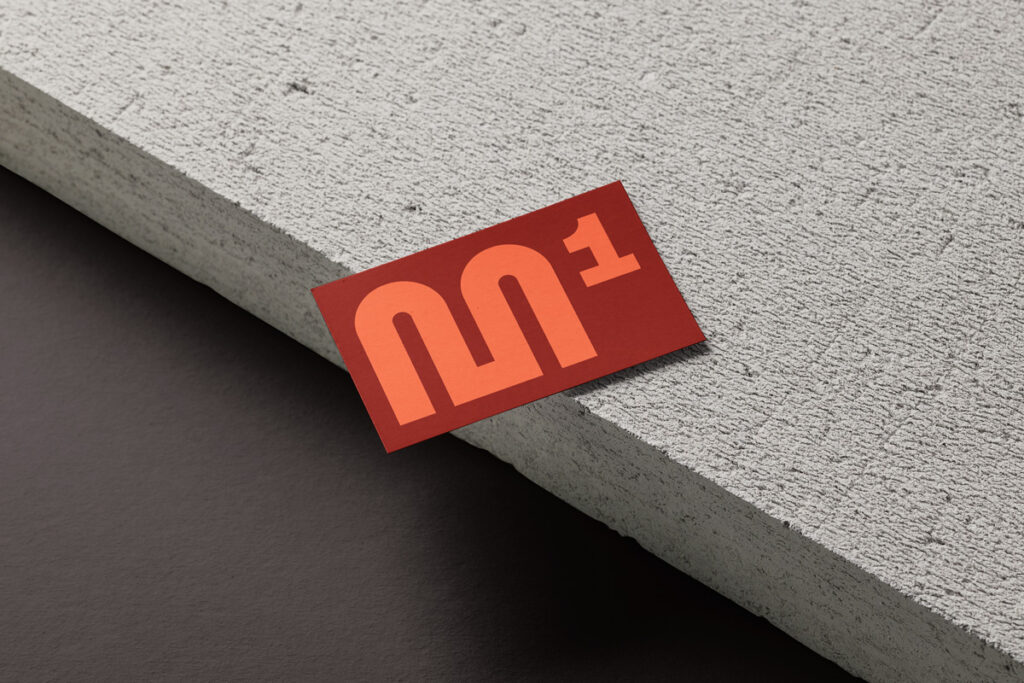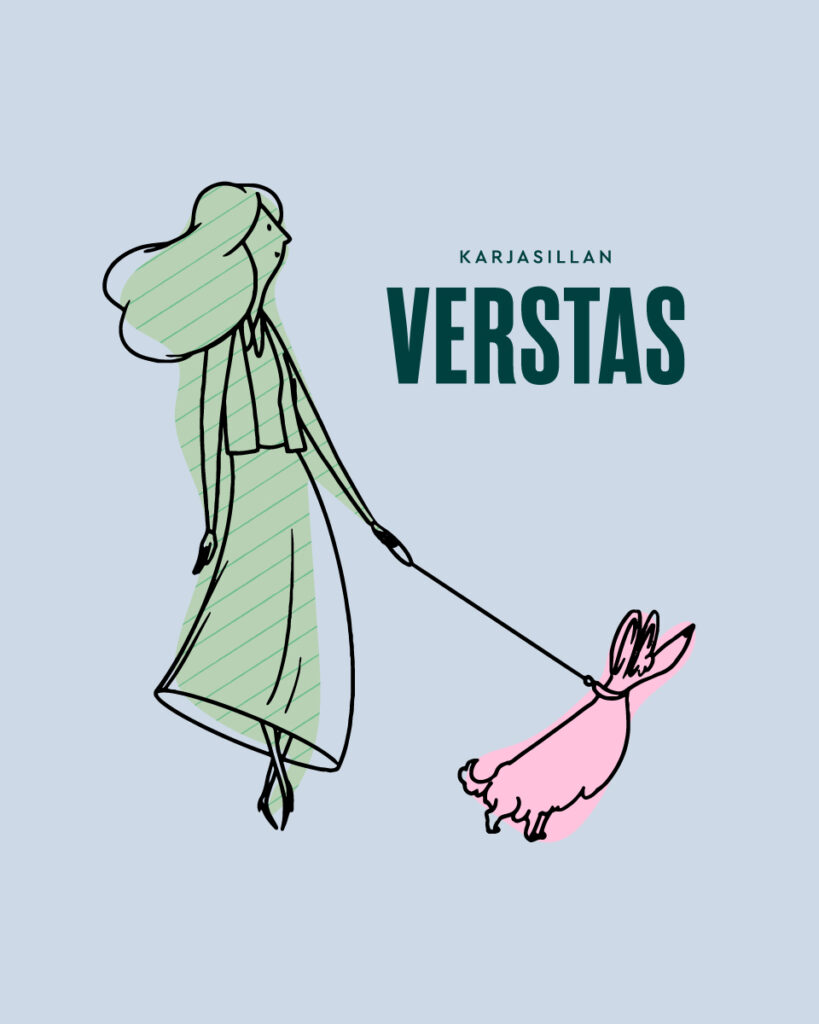Visual communication and art
Design project: Kalliomäki
Comprehensive user-centric data collected early engages stakeholders in new ways
We designed and implemented a comprehensive service design package to support the project planning for the Kalliomäki development in Pirkkala. The primary goal was to gather and analyze input from the future users of the planned learning environment. Based on this data, we created a spatial connection diagram, space program, and space requirements list, all of which were integrated into the project plan.
The design project was carried out in close collaboration with the project planning group, which included municipal decision-makers, construction consultants, representatives from the architecture firm, and Kakadu’s service designers. This collaboration allowed us to leverage diverse perspectives and expertise at different stages of the project.
Our work in this project:
- Service design
- Inclusive and interactive co-development
- Workshop facilitation
- Visual materials









